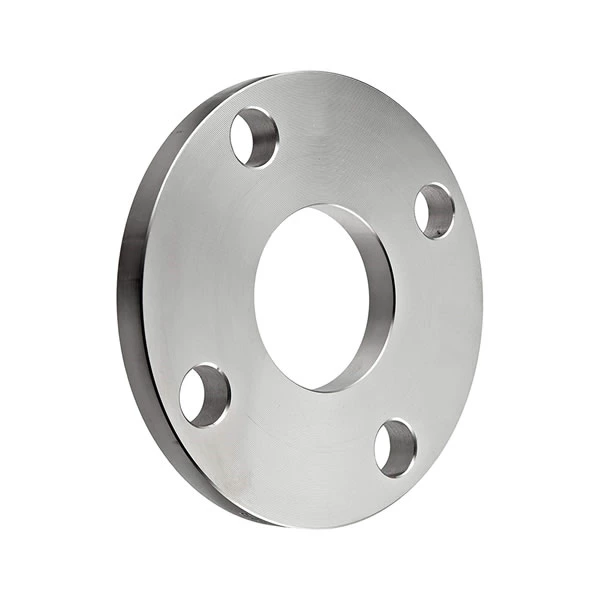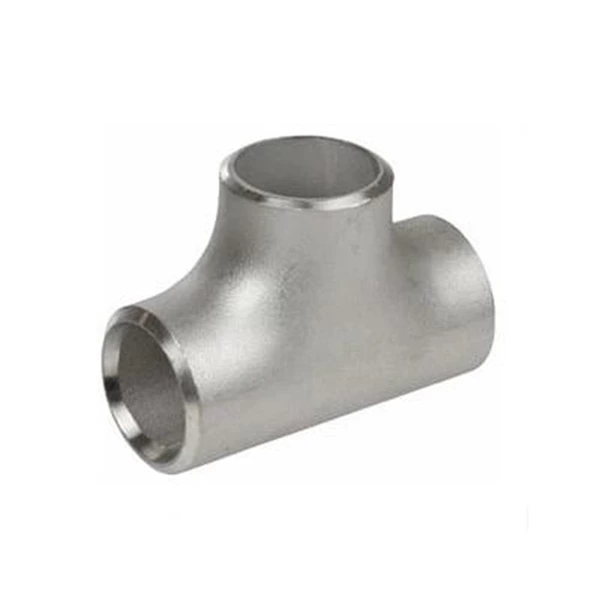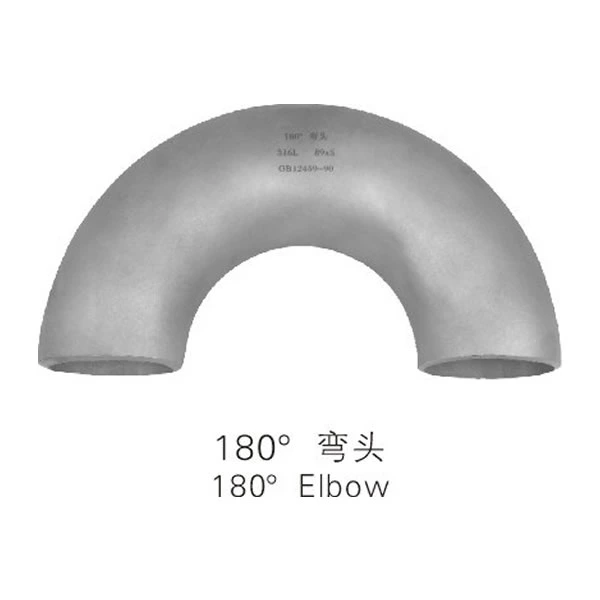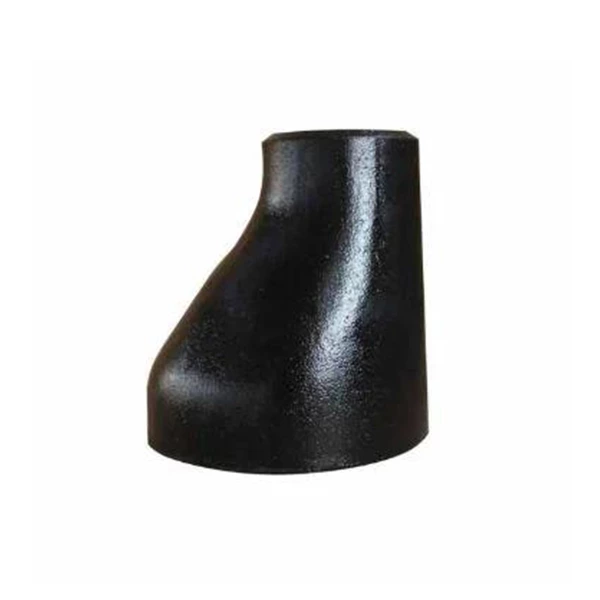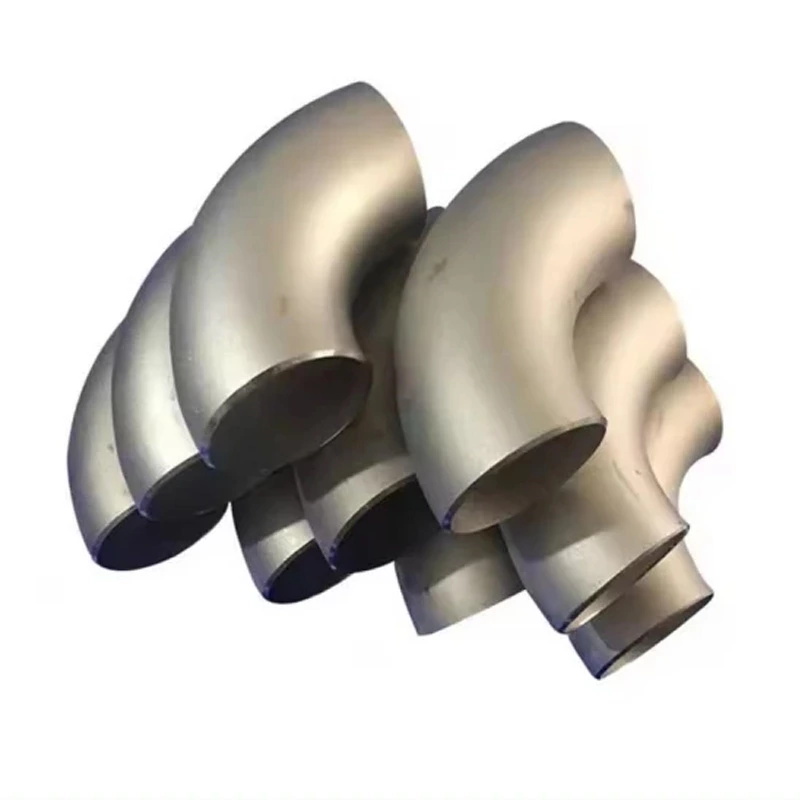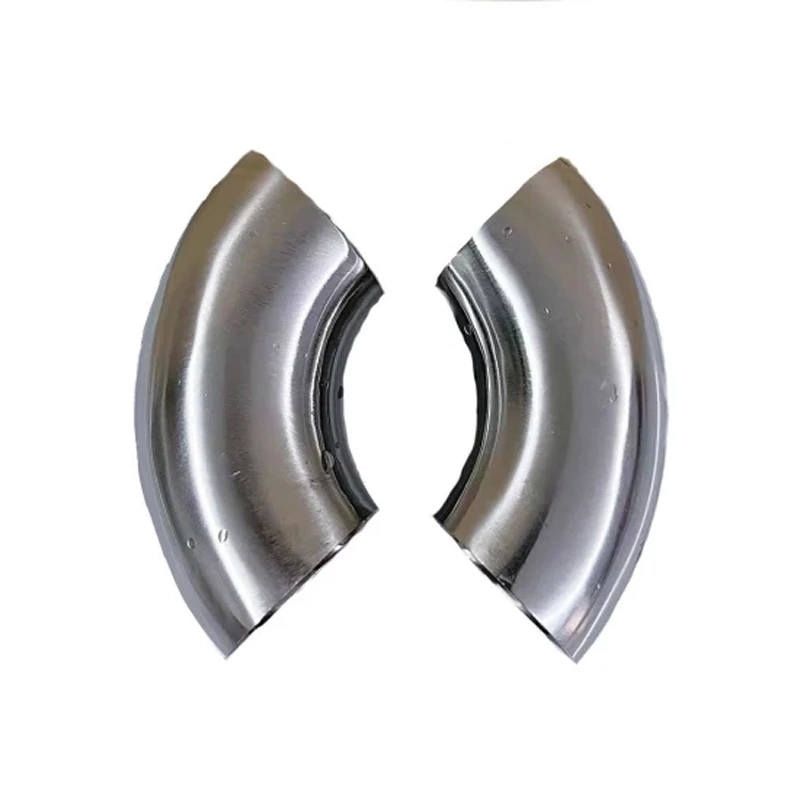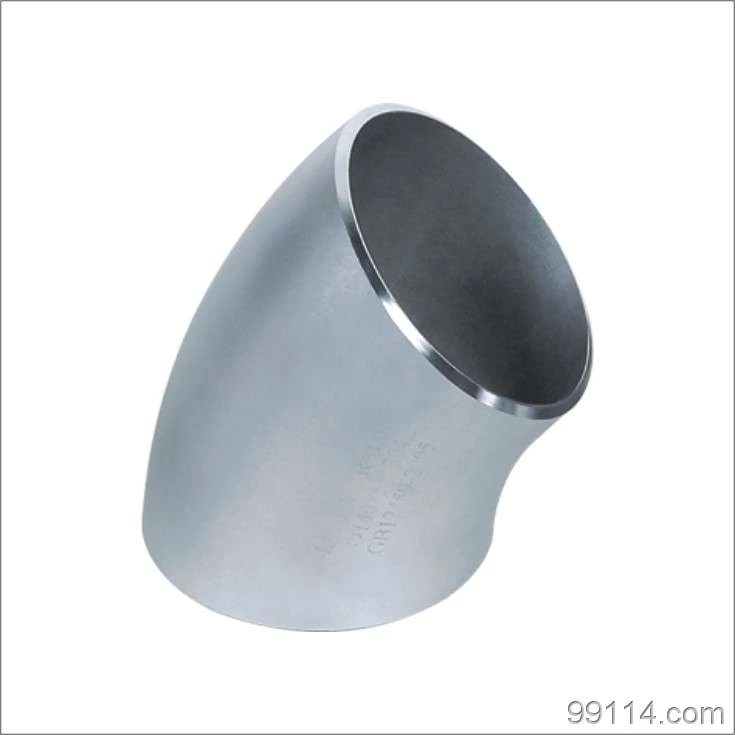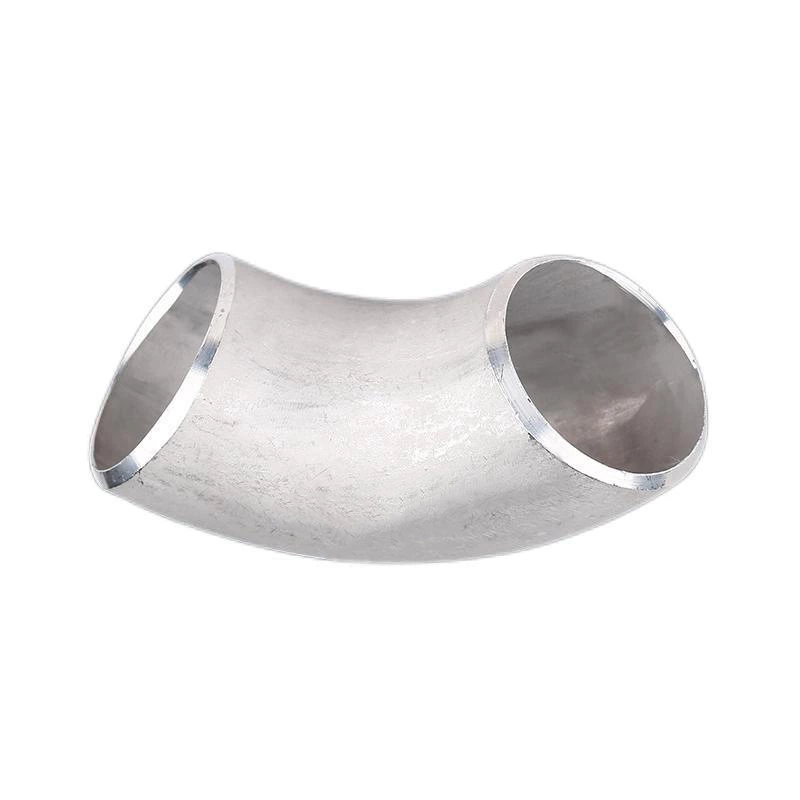What Aspects Need To Be Improved In The Development Of Stainless Steel Pipe Stamping Elbows
Stainless Steel Weld Elbow Due to the different manufacturing processes, it is divided into hot-rolled (extruded) seamless elbow pipe fittings and cold-drawn (rolled) seamless elbow pipe fittings. Cold-drawn (rolled) pipes are divided into round pipes and special-shaped pipes.
What improvements need to be made in the development of stainless steel pipe stamping elbows?
1. Add Ni to improve stress corrosion resistance;
2. Reduce C or add Ti, Nb to reduce the tendency of intergranular corrosion;
3. Add S, Se to improve cutting performance and component surface accuracy;
4. Add Mo to improve pitting and crevice corrosion resistance;
5. Add Ni and Cr to improve high-temperature chemical reactivity and strength.
Stainless steel stamping elbows are processed and deformed from stainless steel straight pipes. In different applications, stainless steel stamping elbows may be reprocessed according to actual needs to make them more convenient to use. In fact, the following is a detailed introduction to several common deformations of stainless steel stamping elbows.
1. Stainless steel stamping elbows with variable wall thickness refer to pipes with wall thickness changed along the length of the pipe;
2. Straight pipes are changed into bends with different curvature radii, such as stainless steel stamping elbows, stainless steel elbows, etc.
3. Stainless steel stamping elbows with variable diameter refer to pipe ends or a part of the pipe with reduced diameter; pipe fittings with curling and bottom sealing increase the total strength of the pipe end by curling the pipe to the outside or inside or sealing the end of the pipe fitting;
4. Pipe fittings with changed cross-sections, according to requirements, change the circular cross-section to square, elliptical, polygonal, etc.;
5. Stainless steel stamping elbows with flanges refer to pipe ends that bulge inward or outward, and round edges: pipe fittings with bulges or grooves formed in the circumferential direction of the pipe;

